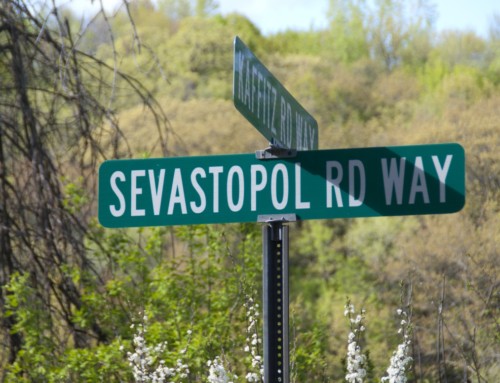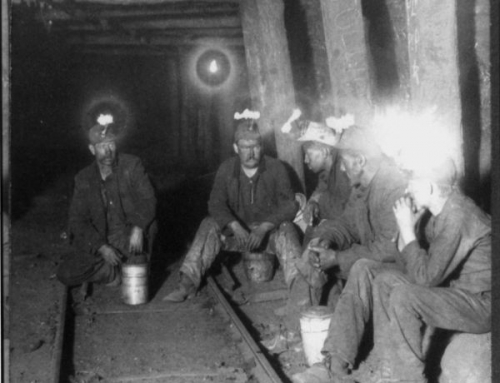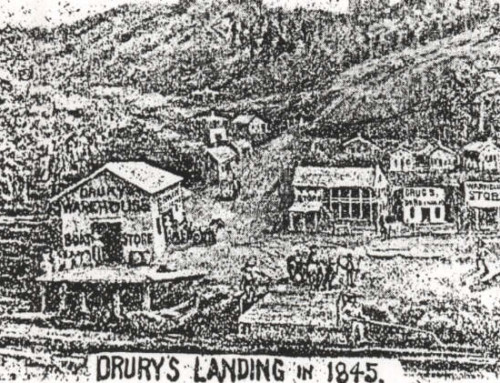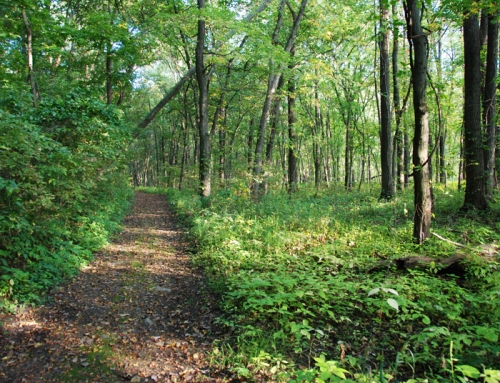Crow Wing village was located along the Mississippi River at the mouth of the Crow Wing River. For centuries, the Ojibwe and Dakota Indians frequented the area for its abundant game. The village eventually grew into the primary commercial center for central Minnesota by the mid-1800s.
Crow Wing began as a post for the fur trade. Jean Baptiste Perrault, an agent for the Northwest Fur Company, arrived in 1790; Allan Morrison opened a trading post here in 1823. When the Red River Oxcart Trail was routed through Crow Wing in 1844, it gave the village a boost as it grew into a primary supply station for carts making the run between Winnipeg and St. Paul. In 1848, just as the fur trade was ending, Henry Rice worked out a deal with Ojibwe leader Bug-o-na-ghe-zhisk (Hole in the Day II) to log pine trees on tribal land. Crow Wing soon had a couple of sawmills and a steady source of jobs for the 200-300 folks who lived there.
The village was home to a diverse population, including many folks of mixed French and Ojibwe heritage, as well as the rough-and-tumble lumberjack set. A large community of Ojibwe lived nearby and their trade with the village’s stores was a major economic force. When the US government ordered the Ojibwe to relocate to a reservation at White Earth, the village suffered a deep blow.
Still, Crow Wing might have survived if not for the hubris of Clement Beaulieu. According to one story, when the Northern Pacific Railroad was looking for a place to bridge the Mississippi River, their first choice was at Crow Wing. Beaulieu, however, demanded too much money for his land and thought the railroad was bluffing when they threatened to build the bridge elsewhere. The railroad wasn’t bluffing; they built their bridge a few miles to the north of Crow Wing instead. Many of the businesses relocated to Brainerd, and Crow Wing faded away; Beaulieu and his wife, Elizabeth, sold their possessions and moved to the White Earth reservation. You can walk around what remains of the village at Crow Wing State Park.





